CIDOC 2021 – A fascinating experience of a lifetime (Rema Zeynalova, Azerbaijan, ITP 2018)
Written by Rema Zeynalova, Chief Specialist, Azerbaijan National Carpet Museum (ITP 2018, Azerbaijan)
This year’s Annual Conference of CIDOC, one of the oldest International Committees of ICOM, took place from 23rd to 26th May at the Estonian Film Museum in Tallinn, and followed by the post-conference tour on 27th May in Tartu, Estonia.
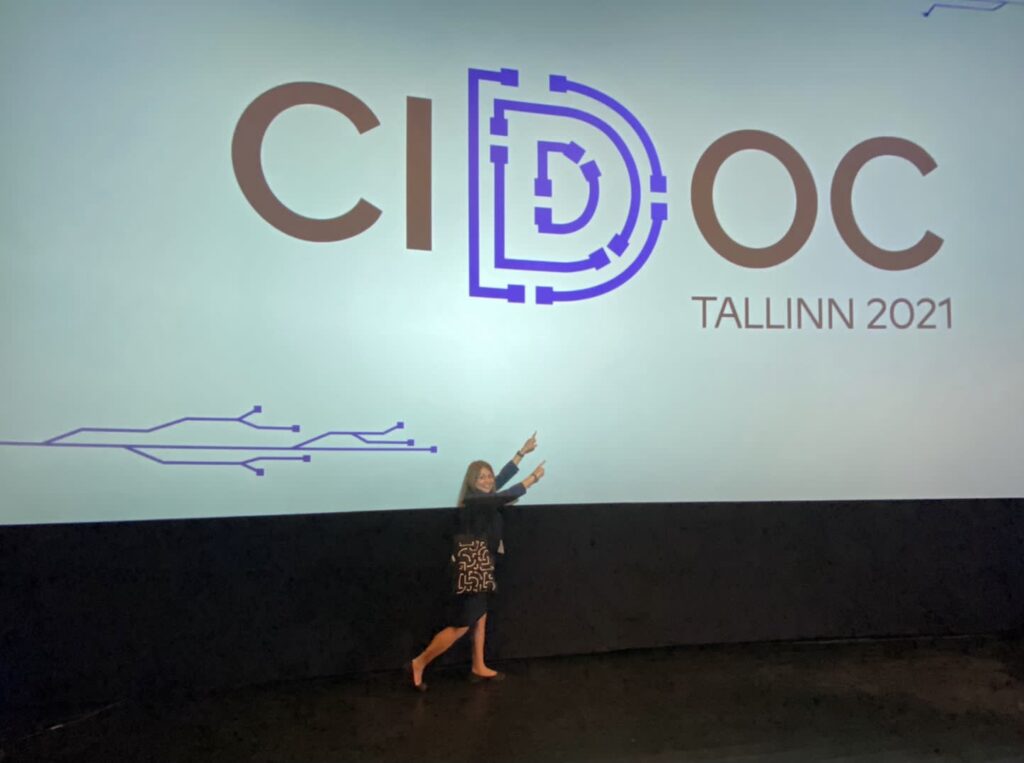
Over 40 speakers from different museums and institutions delivered their speeches in this hybrid conference which brought together museum professionals from around the world to share their research results.
The theme of this year’s conference was Symbiosis of Tradition and Digital Technology, which in true meaning helped the presenters to explore the relationship and synergy between tradition and digital technology.
During the four-day conference, speakers delivered interesting presentations covering topics such as planning and implementing strategies, the future of documentation and a wonderland of digital technology. Strategic planning for museums is necessary to ensure the survival of any museums. It involves defining where you are today, and where you want to go in future. In this regard, the presentation The Three Platforms of a modern museum by Jill Cousins was of special interest to me. Her presentation about the needs of a modern museum and its operation on three platforms − physical, virtual and human − gave me new ideas that I will develop and implement in my institution for its further growth.
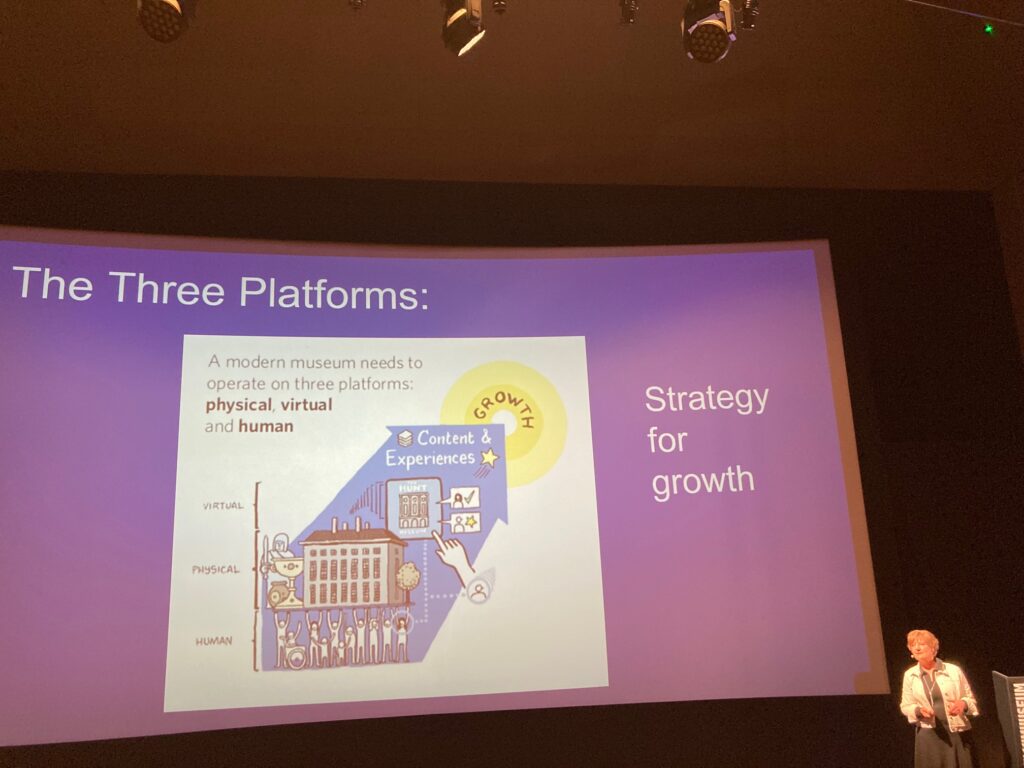
The presentation Digitising to Increase the Visibility of Collections by Lara Corona was about strategies of making museums’ collections accessible. It discussed the digitalisation to increase visibility as a significant strategy for museums. I also found the strategic digital documentation of museum collections useful in terms of allowing access to all objects including those which cannot be displayed because of light-sensitivity or fragility.

Agnes Aljas in her presentation Exploring the engagement practices of museum visitors with digital heritage talked about how the design of the digital layer of permanent exhibitions at the Estonian National Museum contributed to the visitor perception on the heritage. It was interesting to find out how today the digital exhibits become one of the main tools in terms of supporting the museum in becoming a dialogical, open and collaborative public space.
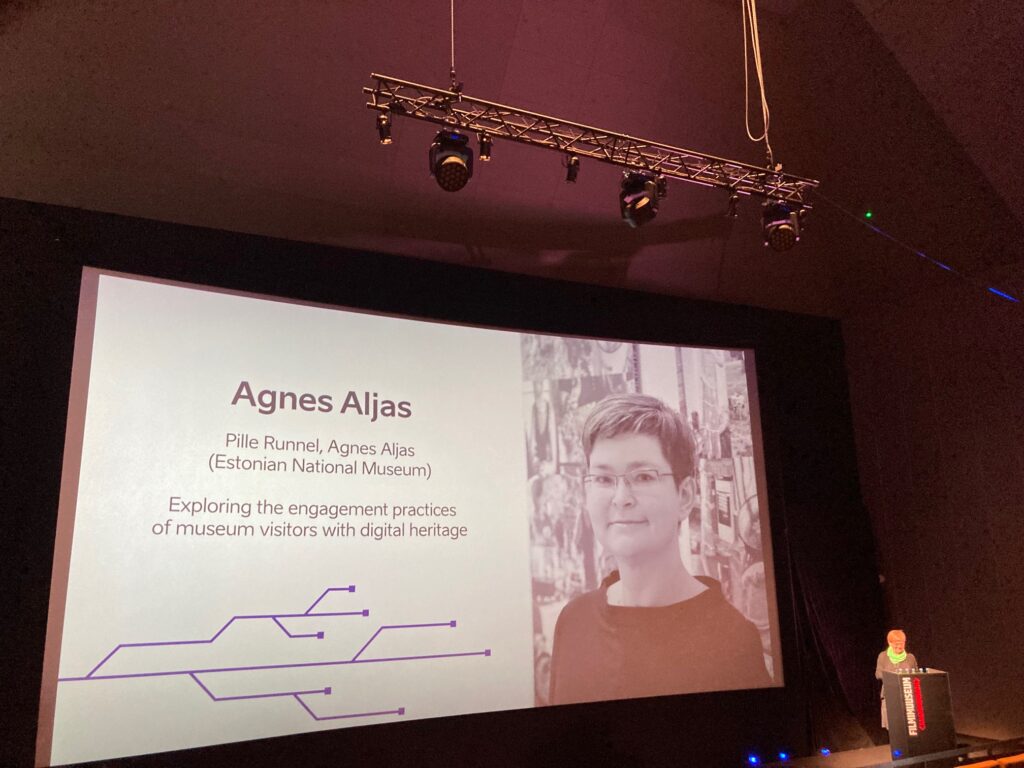
The diversity of presentations and speakers helped me in particular to benefit from the vast topics of discussion and from learnings of each participant of the conference, which I think, is a great experience to understand other cultures.
On 27th May (Friday), the last day of the conference, during post-conference tour some participants including me joined the excursion to Estonia’s second largest town of Tartu. We started our tour by visiting the Estonian National Museum (ENM), a large interactive museum with lots of impressive stories told by contemporary design. It is really an outstanding museum in every way. Inside the extraordinary building, the story of Estonia, its culture, language and history are told with vivid images, perfect illumination and modern technology. The costume collection from different parts of Estonia was amazing, and very creatively and sympathetically displayed. There were many interactive exhibits which weren’t only fun for kids but also for adults. The presentations of the exhibits in the museum were innovative, unique and absolutely memorable; with the museum’s electronic ticket you could automatically change the descriptions into English. The electronic ticket was a marvel because I was even able to access the information I saw in the museum when I got home using a unique identifying website on the pass. A special thanks to Agnes Aljas, Research Secretary at the Estonian National Museum, for a wonderful tour.




Following the visit of the Town Hall square, Tartu Cathedral, University of Tartu main building and St John’s church, the Tartu city tour ended at the 19th-century Tartu Citizen’s Home Museum. Our last destination was very interesting place about everyday life of Tartu citizens in early 19th century. The museum was small, but full of old memories and interesting stories. The house of the museum is very old, and it is taken care of very well, kept safe along with all the things inside. Also, the museum was an interesting place to experience the living without electricity.



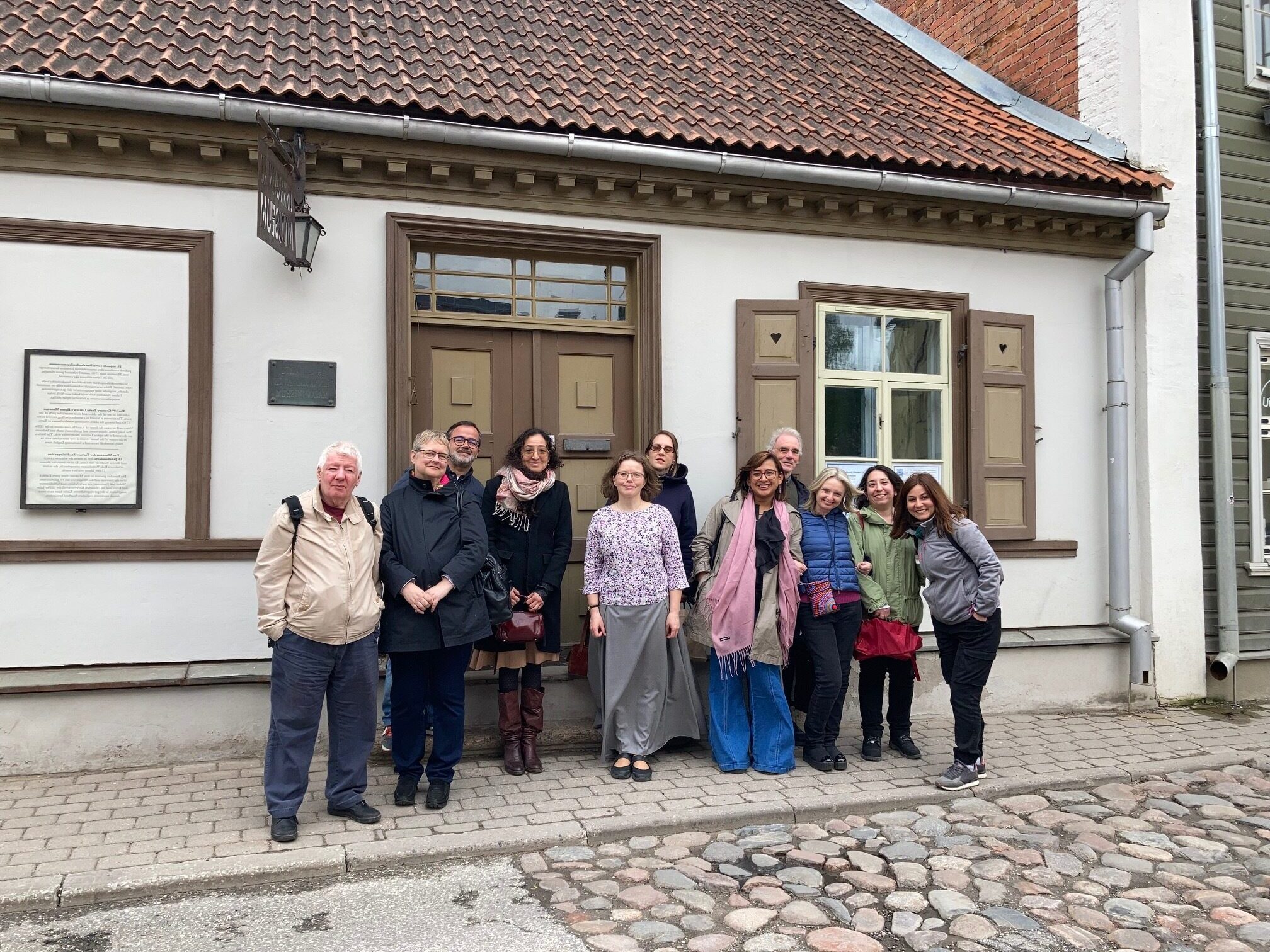
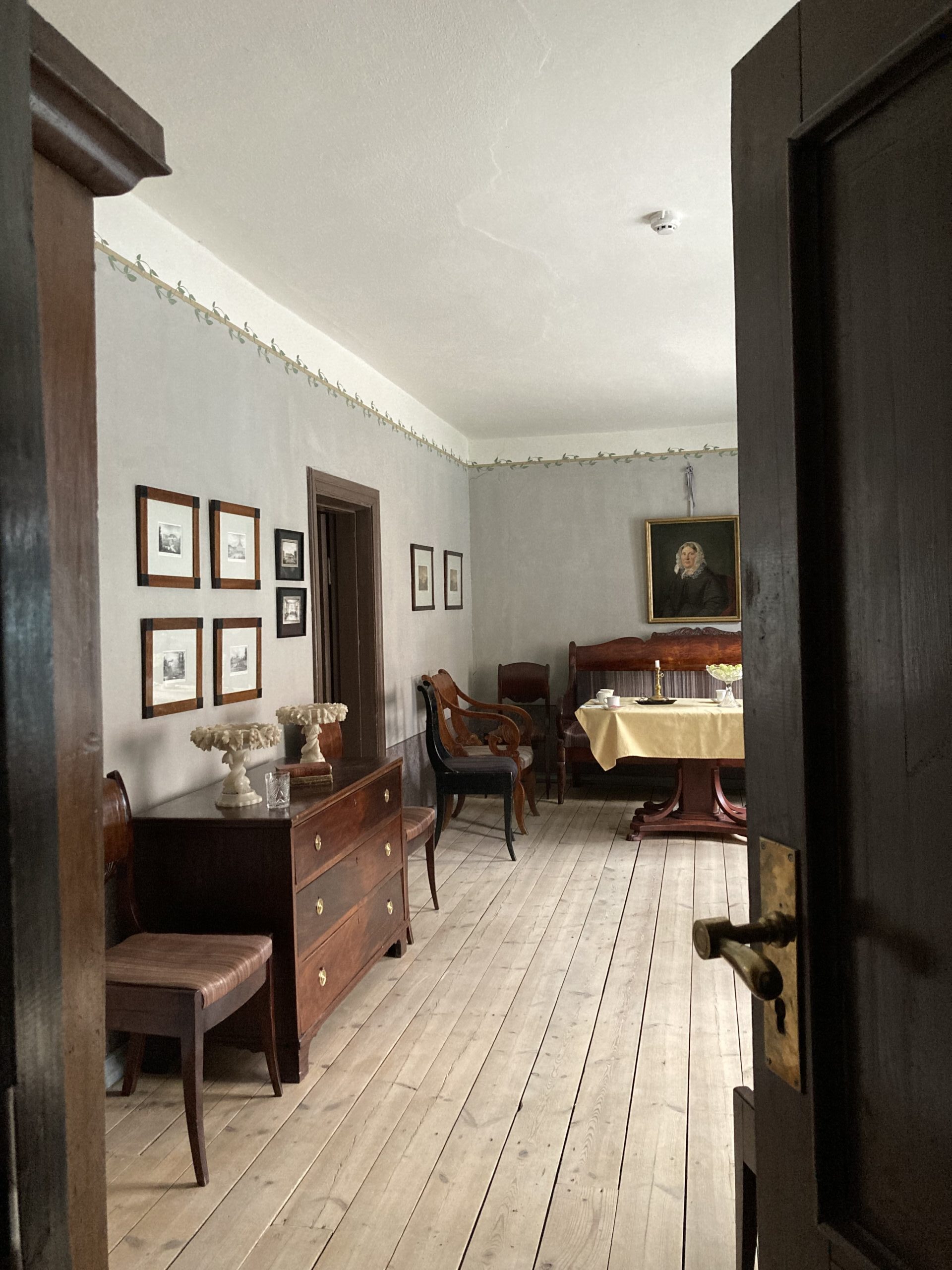

One of the beneficial and interesting parts of the CIDOC conference were the social events which provided a better understanding about the Estonian culture and society. As part of the conference programme, I visited the Estonian Maritime Museum, which has an impressive exhibition of ship models and exciting interactive solutions. The Estonian Open Air Museum which is a life-sized reconstruction of an 18th-century rural village and which also comes with a church, inn, schoolhouse, several mills, a fire station, twelve farmyards and net sheds.






Another interesting museum which I visited was the Vabamu Museum of Occupations and Freedom. This museum is an excellent summary of the Estonian experience of Soviet occupation. Mostly built on personal experience of people who really suffered from oppression, occupation and who value freedom a lot. And they want you to think about your freedom. The dark stories of oppression are carefully balanced by great design. Although it is a small museum, but the museum’s permanent exhibition “Freedom without Borders” gives a strong message about resistance, freedom, and recovery. Visiting many cultural places gave me the opportunity to explore and discover the different aspects of the Estonian heritage.


In general, the CIDOC conference was greatly valuable for me as I gained new knowledge and experience, made new friends, expanded my professional network, and built new relations with museum professionals around the world for future collaboration. Also, I was happy to meet Noor Hassan, one of the ITP fellows, and exchanged the ideas on the topics of the CIDOC conference.
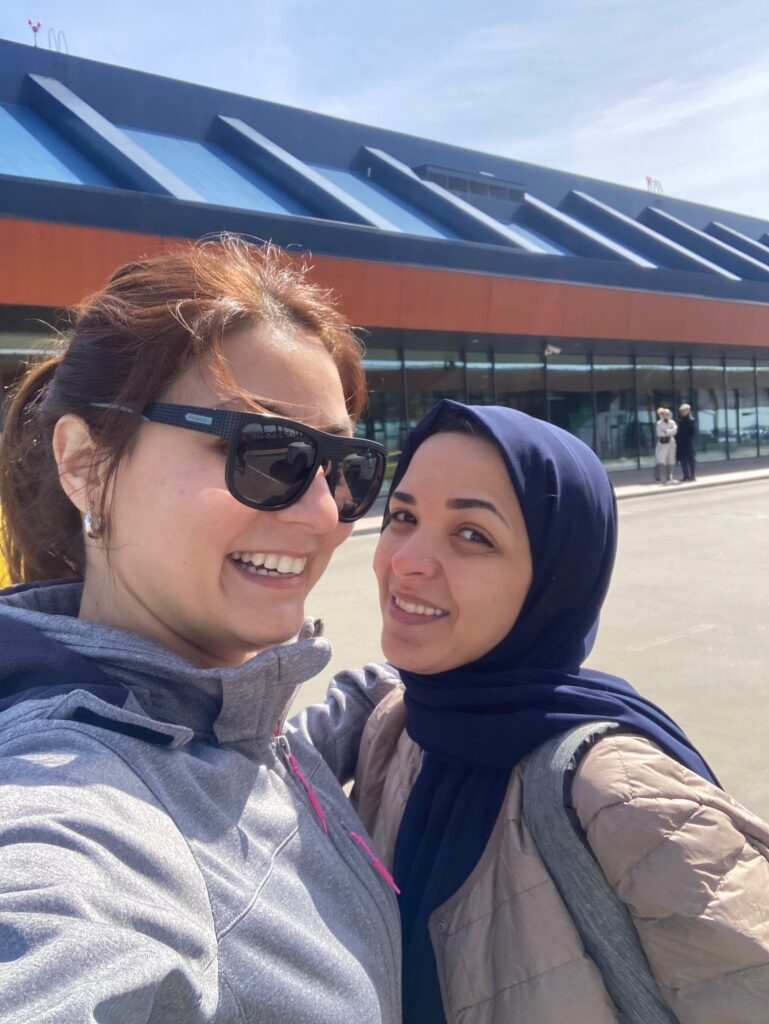
To attend this conference, with few other participants I was awarded a scholarship by the Getty Foundation. This conference was a great opportunity and a learning experience for me as I was able to meet several museum professionals from all around the world. I would like to thank the Getty Foundation for giving me the opportunity to attend this conference with their scholarship which covered all my expenses.

